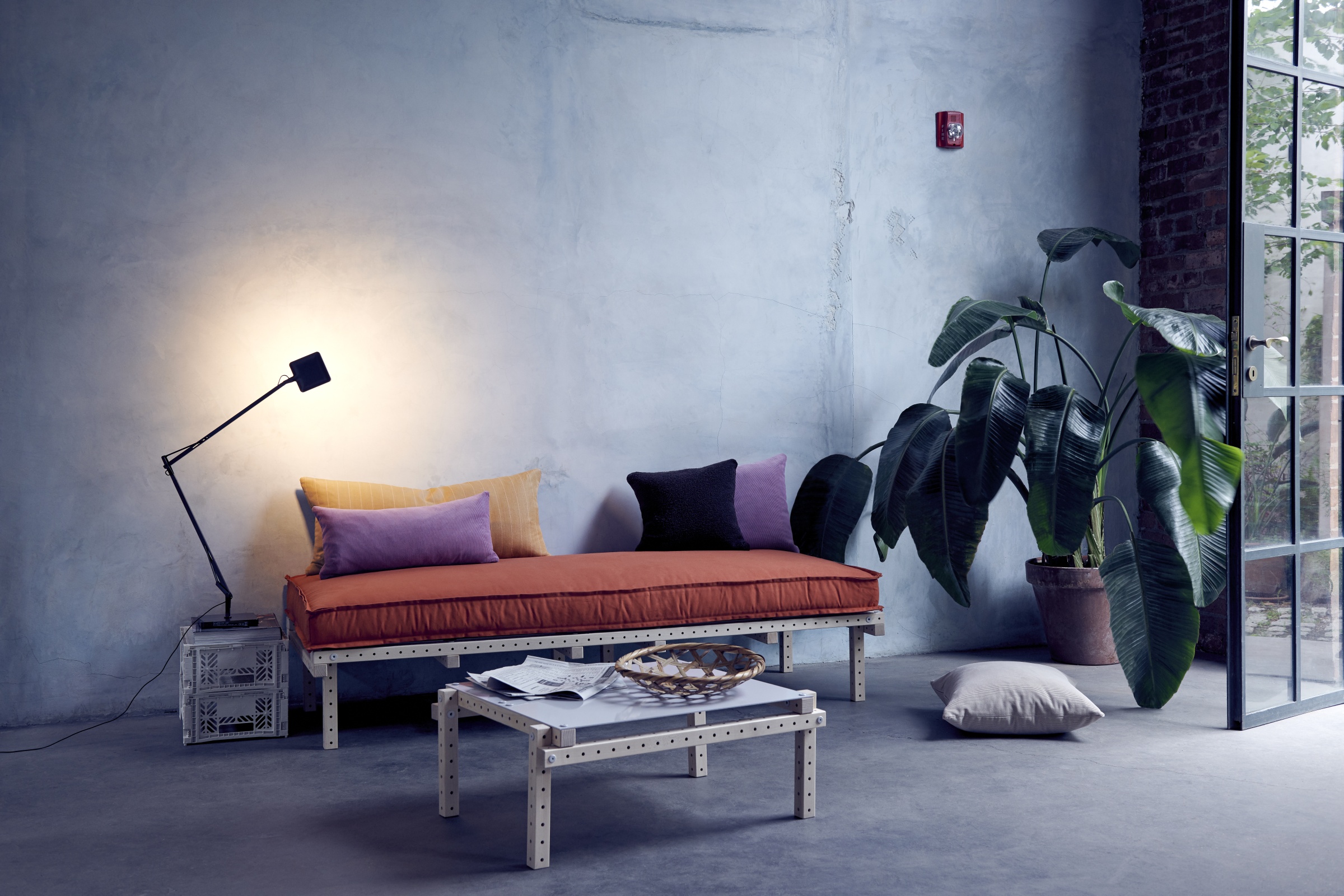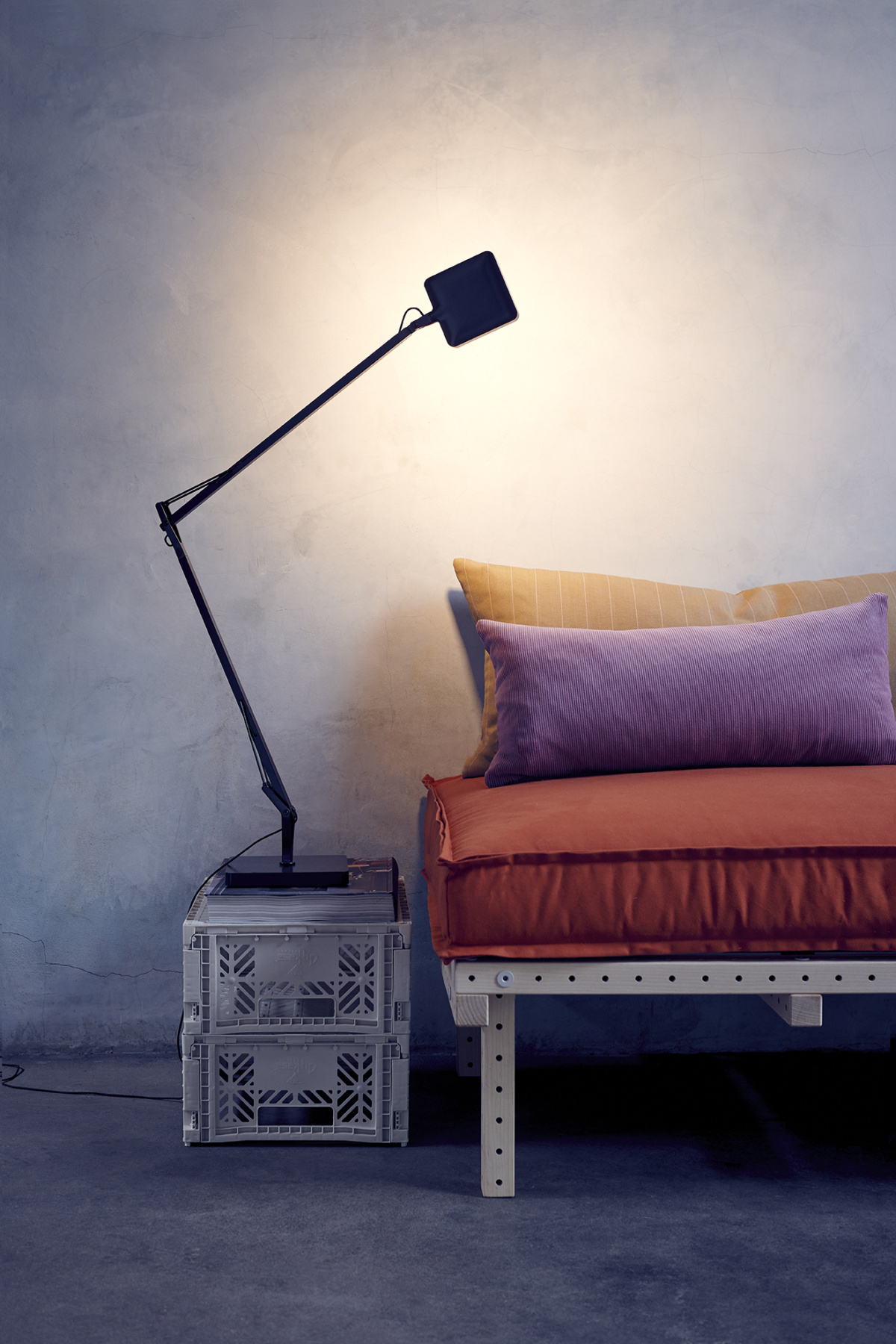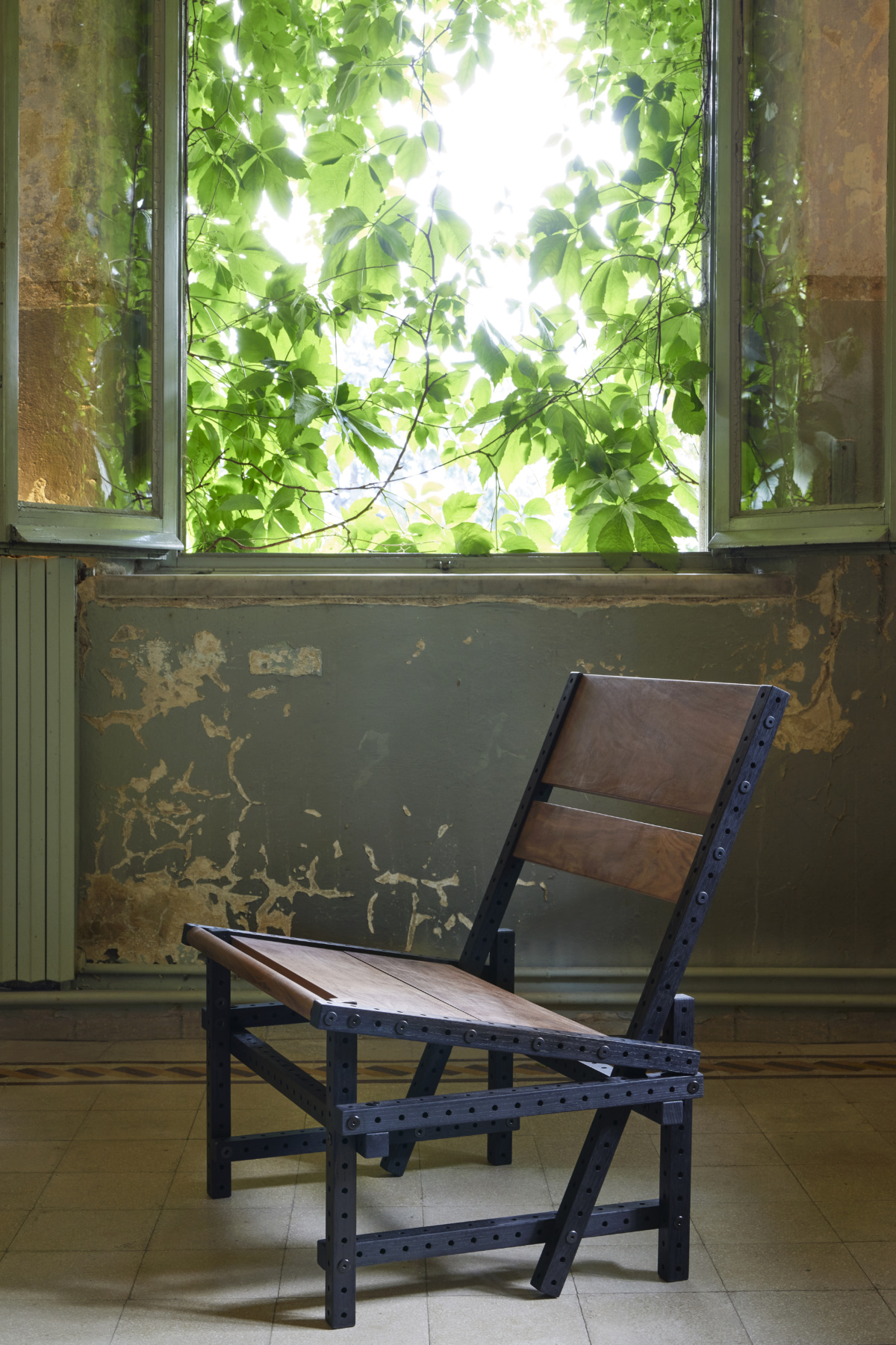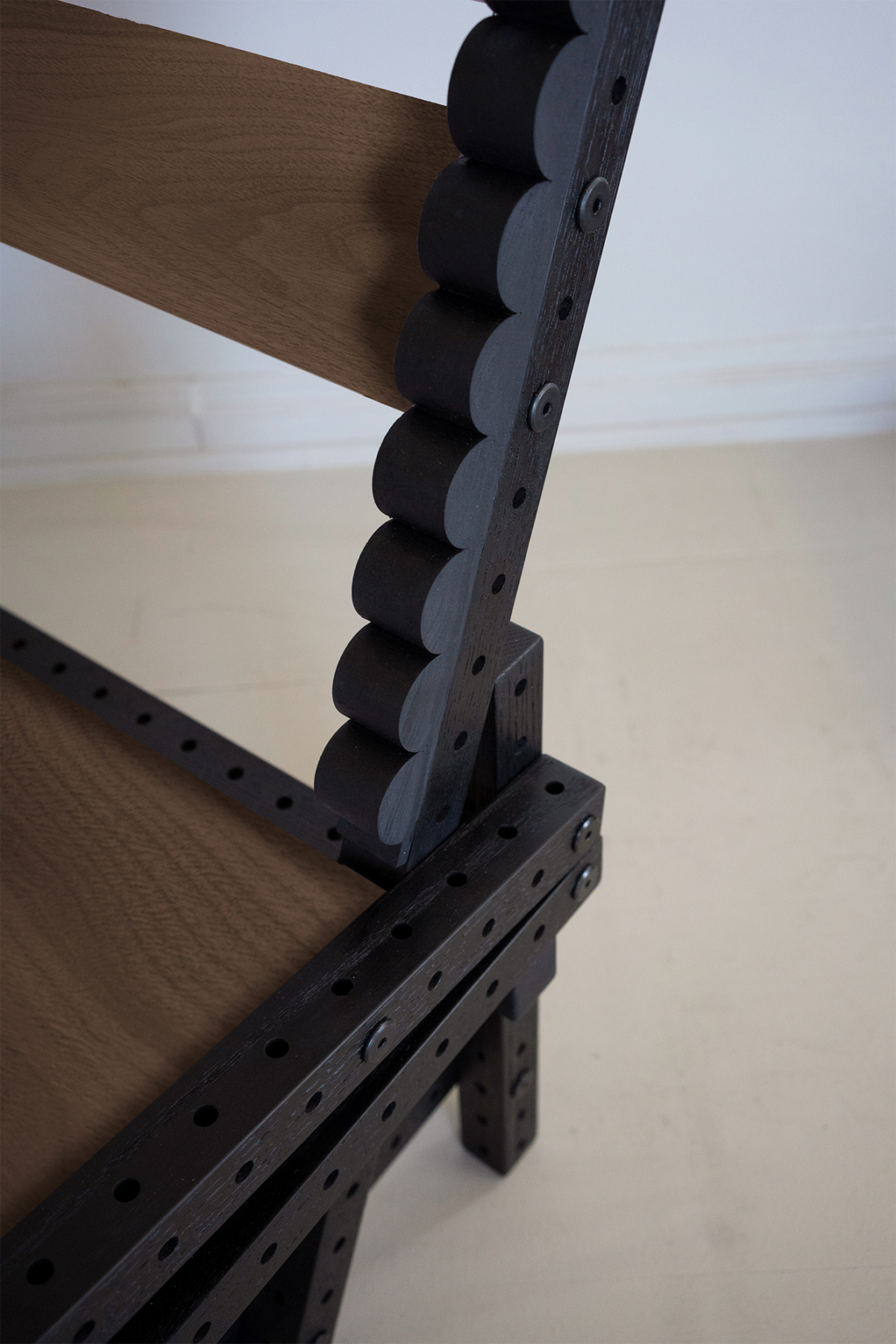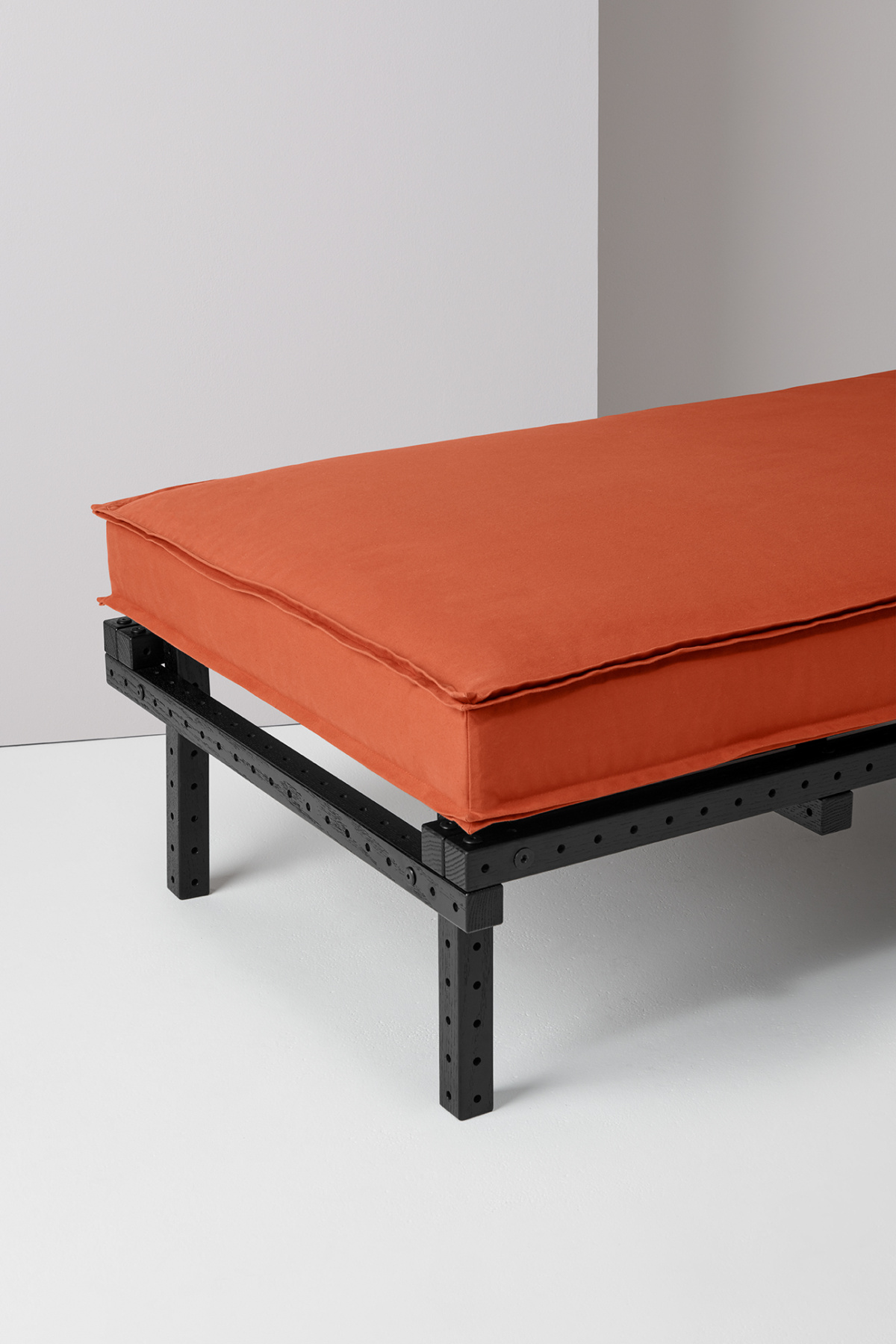It’s unusual to see the label “assembly required,” as a positive encouragement rather than a warning. But assembly is crucial and even joyful in Hudson Valley-based designer Jennifer June’s furniture system, Loose Parts, wherein the same parts can become a coffee table as easily as a shelf.
Loose Parts began to take shape as Jennifer studied interior light and design at grad school. Paying close attention to how people interact with objects in their spaces, she noticed that furniture isn’t static in our lives—a chair can be a bedside table, or we can dine around a coffee table. Yet furniture is designed, marketed, and sold as a singular use item.
With this in mind, Jennifer began making Loose Parts. Solid wood rails, hardware, and surfaces that become shelves or tabletops compose the system, which is available in kits or as pre-designed pieces. “Within the designed piece, because it is a system, there’s the DNA of something else within it,” Jennifer says.
Without adhesives, Loose Parts can be disassembled and reassembled, transforming easily. Inspired by work of Enzo Mari and Buckminster Fuller, Jennifer’s system of rails with regularly spaced holes is notably rooted in the matrix-based modular system developed by Ken Isaacs. “How Loose Parts builds off and differentiates from this kind of open-source system is really thinking about materiality and sourcing,” Jennifer says. “My whole philosophy is to make a good building block that can then be used over and over and patina over time.”
Sustainability and transparency play a huge role in accomplishing this philosophy. Jennifer works closely with a mill in California to ensure her wood is responsibly sourced and high quality, and hopes to extend a similar relationship with a more local mill in the Hudson Valley. “Talking to the mills enriches my design process because I have a better understanding of what I’m working with, and where it comes from. Those relationships are really important to me,” Jennifer says.
At Alcova during Milan Design Week this year, Jennifer filled a former military hospital room with Loose Parts, showing dozens of assemblies and possibilities. “People came in and their eyes instantly got big and they just understood it. I loved that,” Jennifer says. “Even if we didn’t share a language, everyone instantly understood Loose Parts and had some kind of childhood reference or building toy that it reminded them of.”
This fall, Jennifer started a workshop in the Catskills and will open a Hudson Valley showroom in December. “It’s a big thing for me because I like to build in 3D. I start with a sketch, but it doesn’t really come together until I start pulling rails together,” Jennifer says. “I’m really excited to have more space to do that. It’s more sculptural, how I work.”
- Berta. Photo by Black & Steil
- Lorenza Daybed. Photo by Black & Steil
- Currently, Loose Parts is made of 50% reclaimed wood, but Jennifer hopes to increase that to 100% in the coming months. Loose Parts Lean To Lounge at Alcova. Photo by Noah Webb
- “I developed accessories that clip onto the rails to change the profile… kind of like jewelry for your furniture,” Jennifer says. Lean To Lounge detail. Photo by Matt Libassi
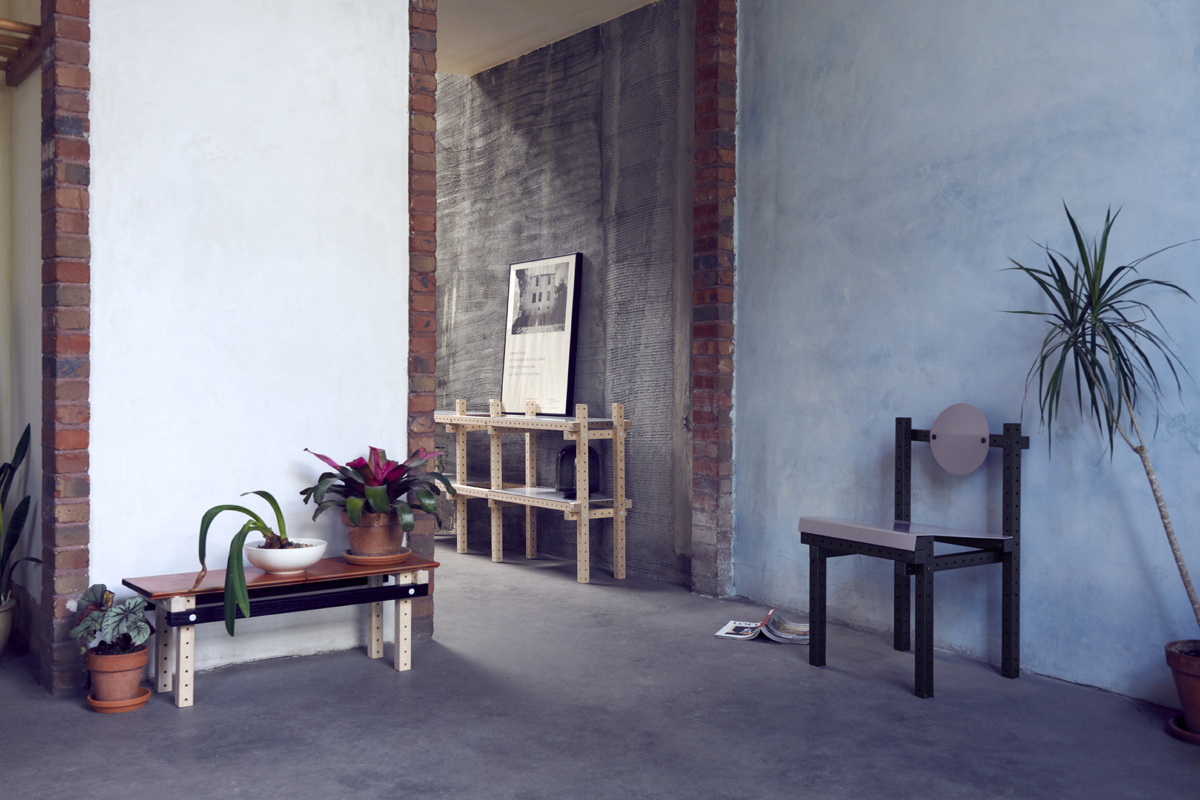
Loose Parts. Photo by Black & Steil
- Lorenza Daybed. Photo by Black & Steil
- Mamá Cari Chair. Photo by Black & Steil
- Mamá Cari Chair. Photo by Black & Steil
- Beita Collection. Photo by Black & Steil
